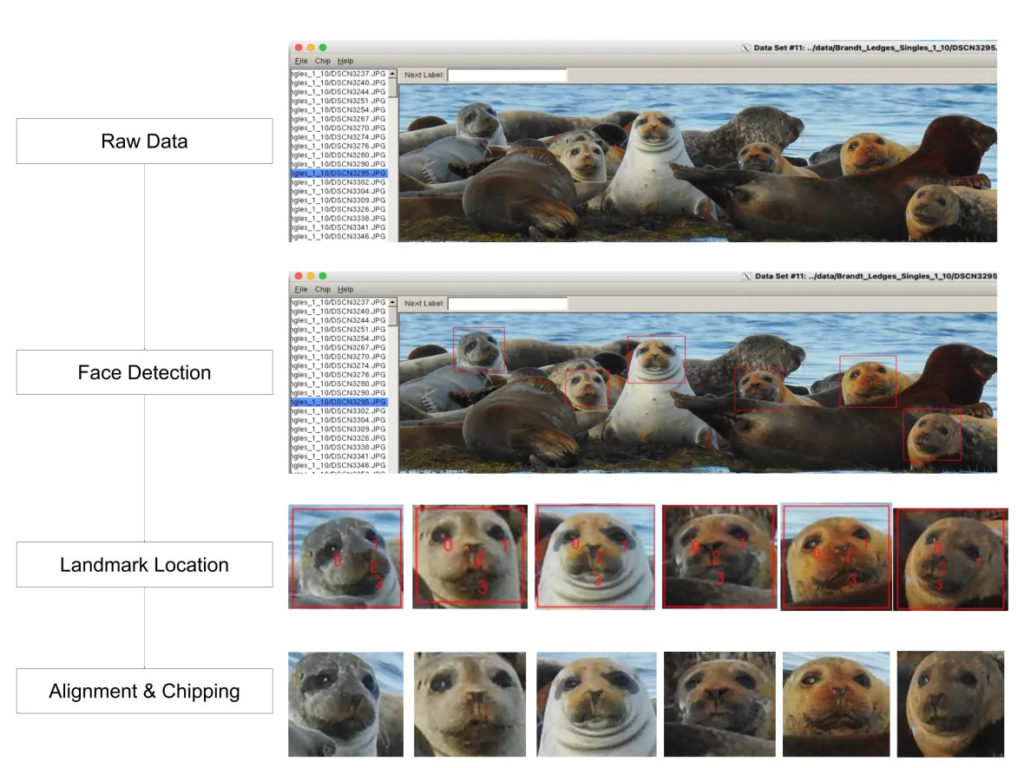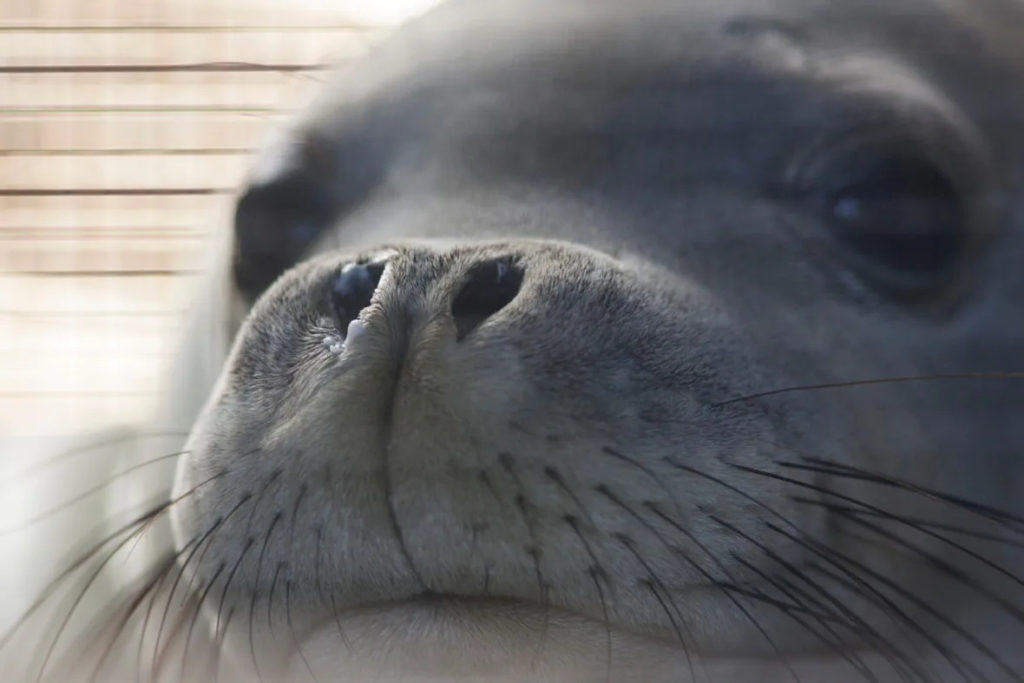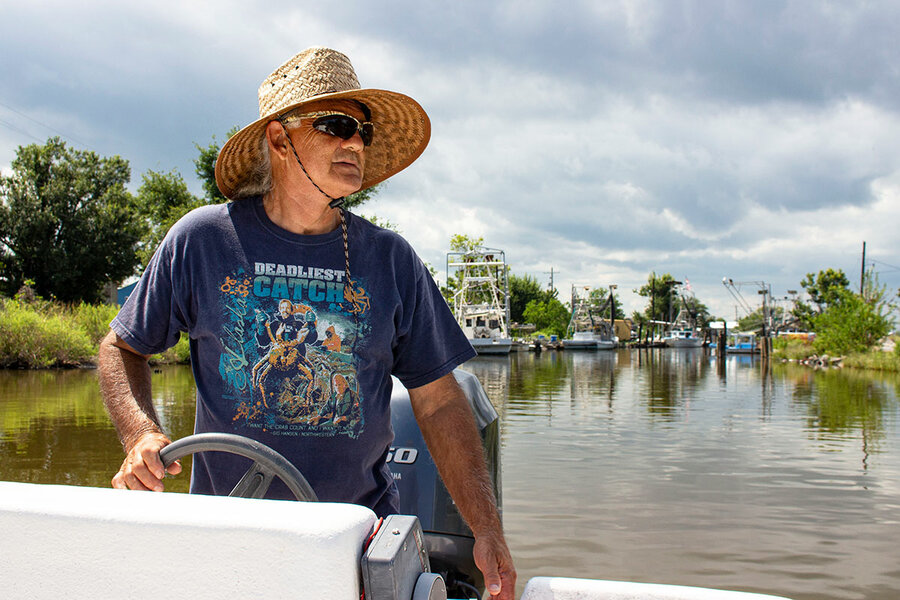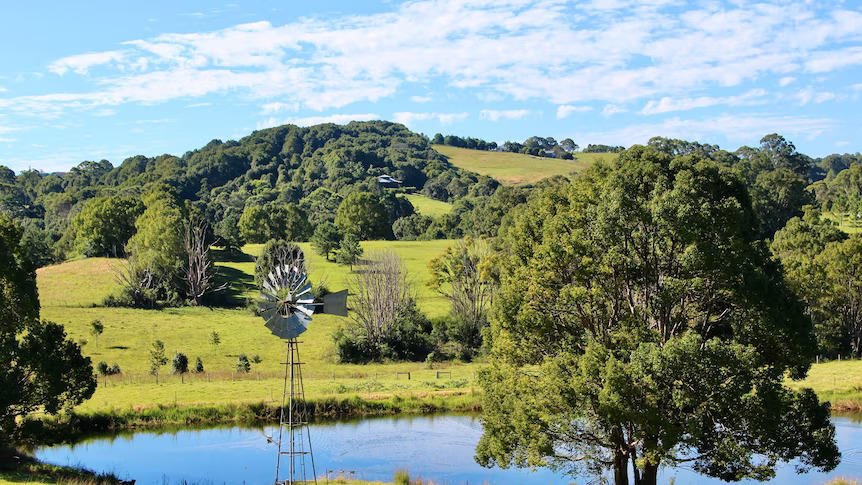Original publication by Sheena Goodyear for cbc.ca on 30 November 22
Biologist Krista Ingram says they’re transforming a controversial technology into a force for good

(Robert F. Bukaty/The Associated Press)
Scientists are taking a controversial technology associated with surveillance, and adapting it for conservation.
It’s called SealNet, and it’s a facial recognition database that’s used to track the movement of seals.
“It’s sort of transforming this technology from the Big Brother concerns that we have in human facial recognition technology, to using it for good,” biologist Krista Ingram told As It Happens host Nil Köksal. “There’s no downside.”
Ingram, a biologist at Colgate University in Hamilton, N.Y., is the team leader of SealNet. The software was developed in part by Ahmet Ay, a Colgate associate professor of biology and mathematics. It’s based on PrimNet, facial recognition software used to identify primates.
In a recent test Ingram, Ay and their colleagues found SealNet could accurately identify individual harbor seals between 90 and 97 per cent of the time. The findings were published in the journal Ecology and Evolution.
Snapping seals
If you think all seals look alike, you may want to check your human biases.
Ingram says each seal is unique — and she should know. She and her colleagues have spent hours in Maine’s Casco Bay snapping pictures of harbor seals for the database.
Ingram says she’s taken more than 8,000 photographs of the critters so far. They’ve uploaded 1,250 of them to SealNet.
“I’m getting really good at it,” she said.

(Submitted by Krista Ingram)
She and her team photograph the animals while they’re resting on rocks that jut out of the water at low tide. They snap the shots from a boat using long-range cameras, so as to abide by federal regulations to keep 50 metres away from marine mammals.
It’s not without its challenges.
“The difficulty is that you can’t manipulate them. So you have to wait until they’re actually looking at you if you want a full-on front picture,” Ingram said. “So one of the things we’re working on is using some new drone technology to allow us to more easily manoeuvre around … to get every face of every seal on that rock.”
Tracking key to conservation
Tracking the movement of seals is key to conservation planning, Ingram said.
Traditionally, scientists follow the movement of seals and other marine mammals using satellite trackers. But facial recognition technology could provide faster, cheaper, more accurate data with a non-invasive technique.
“When we are thinking about conservation policy, we really need, at its essence, the fundamental sort of biological data on population sizes,” Ingram said.

(Submitted by Krista Ingram)
That includes getting a sense of the seals’ migratory patterns — in other words, how often do they return to the same places?
“The one problem we have with seals is that observing individuals and what they’re doing over the season — you know, over the course of a summer or over years — that takes a lot of time. And the methods that we’ve used over the past few decades are very expensive and time-consuming,” Ingram said.
“We’re sort of taking conservation biology into the 21st century by using this type of technology to speed up that process and to automate things so that we can get that type of data much more quickly.”
Michelle Berger, an associate scientist at the Shaw Institute in Maine, who was not involved in the SealNet research, says it looks very promising.
“Once the system is perfected I can picture lots of interesting ecological applications for it,” Berger told The Associated Press.
“If they could recognize seals, and recognize them from year to year, that would give us lots of information about movement, how much they move from site to site.”
Improving and expanding
The next step, says Ingram, is to improve SealNet’s accuracy. Once they get it where they want it to be, they plan to offer it up to others, free of cost.
“We really want this technology to be accessible to seal researchers around the globe who may or may not have as much, you know, computer science background,” she said.
To do that, the Colgate researchers are also working with FruitPunch, a Dutch artificial intelligence company, to improve some aspects of SealNet to encourage wider use.
FruitPunch’s head of partnerships and growth Tjomme Dooper says the company is getting a few dozen scientists around the world to work on a challenge to streamline SealNet’s workflow.

(Caleb Jones/The Associated Press)
Harbor seals are already a conservation success story in the U.S. They were widely hunted by fishers in the 19th and early 20th centuries, but their population rebounded after the Marine Mammal Protection Act passed 50 years ago.
Other seals, however, aren’t so lucky. Ingram hopes SealNet will eventually be used to track the Hawaiian monk seal and the Mediterranean monk seal, both of which are endangered species.
“Using this technology for conservation and actually making it available and free of cost for people that work around the globe on conservation issues and marine coastal policies — it’s just it’s a win-win,” Ingram said.
With files from The Associated Press. Interview with Krista Ingram produced by Sarah Cooper and Devin Nguyen.




